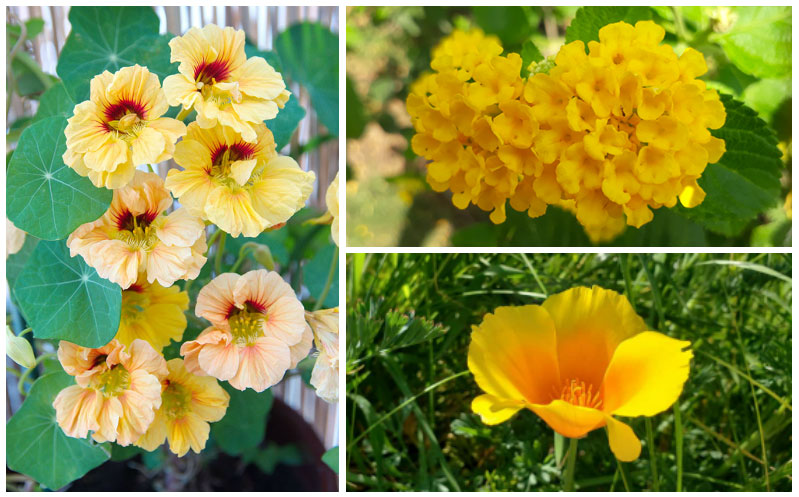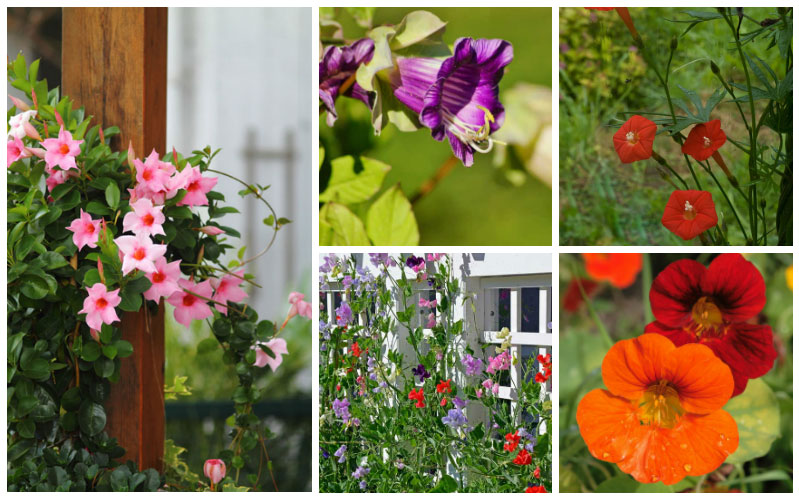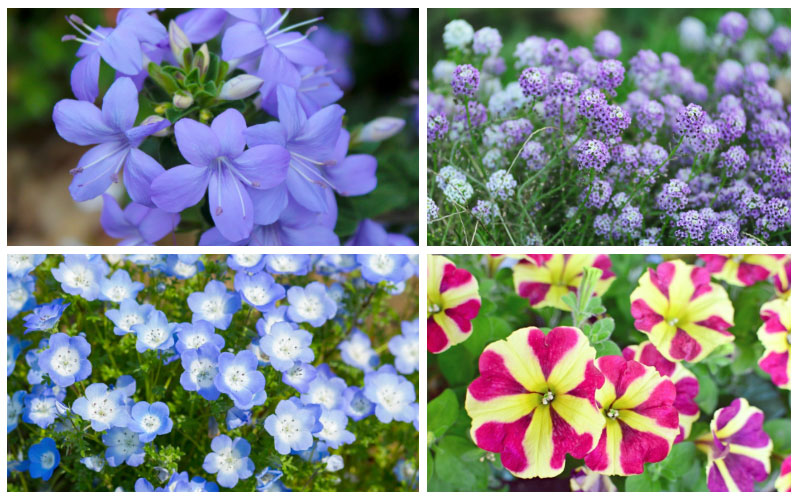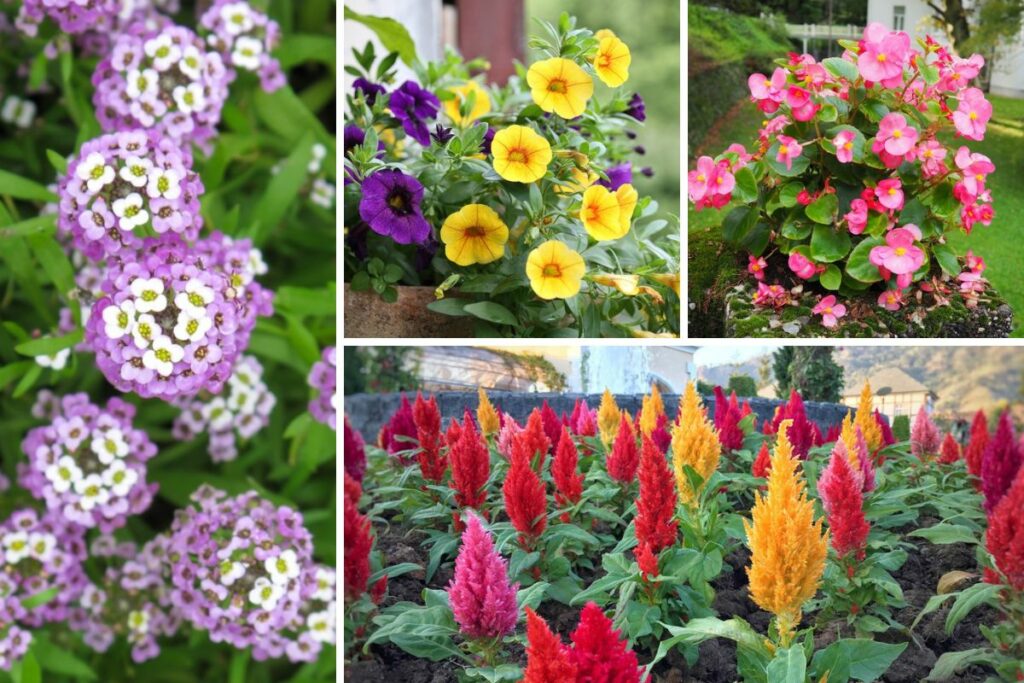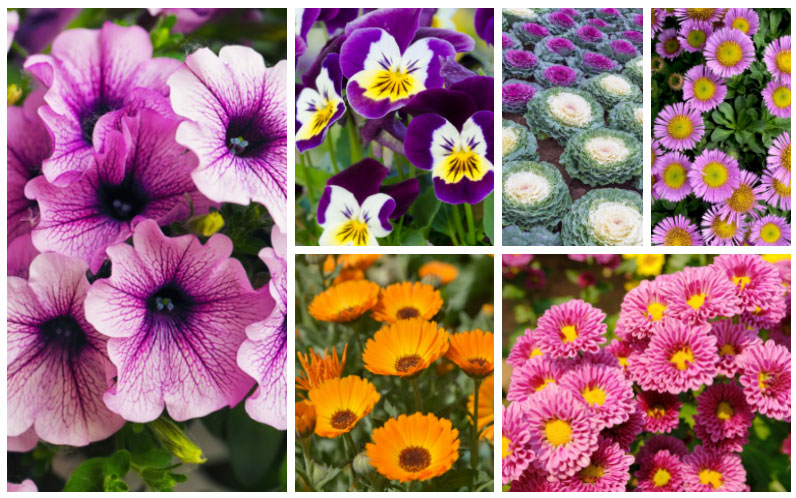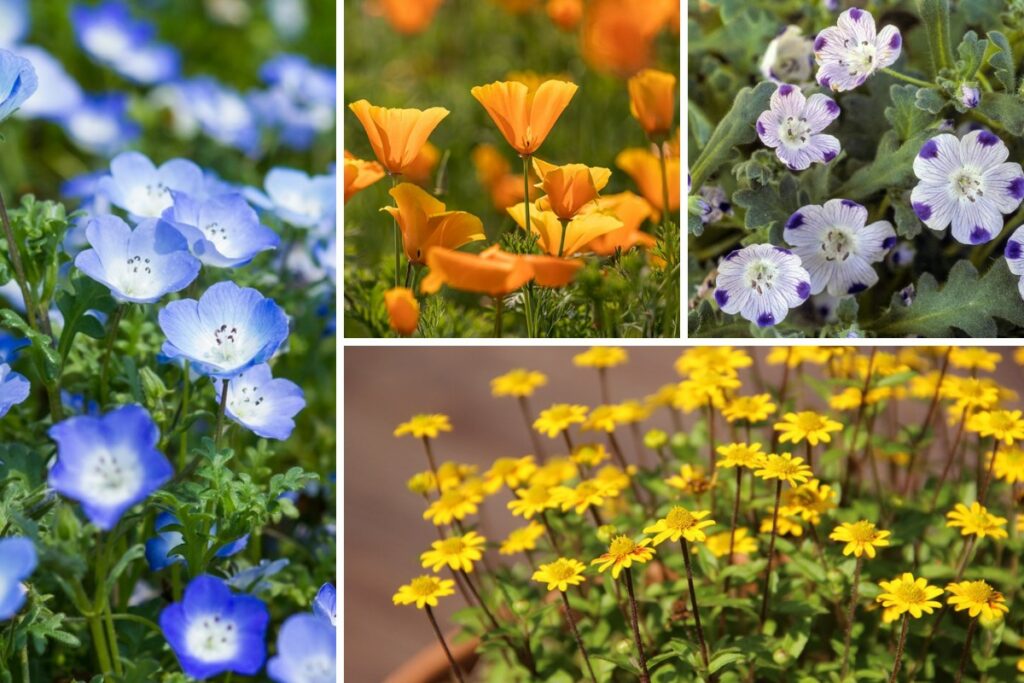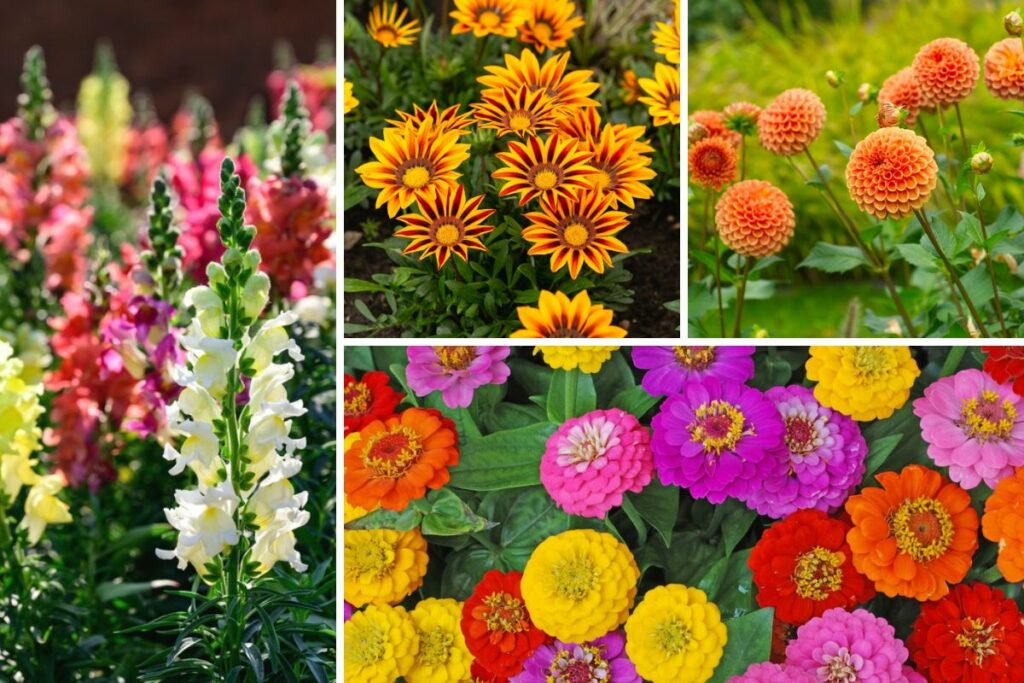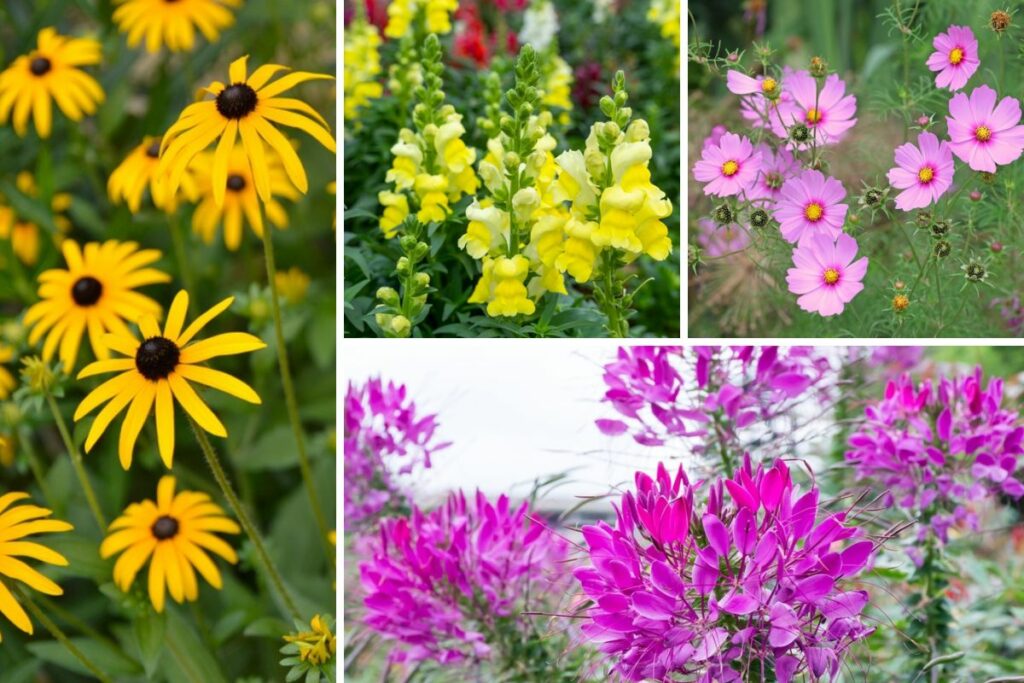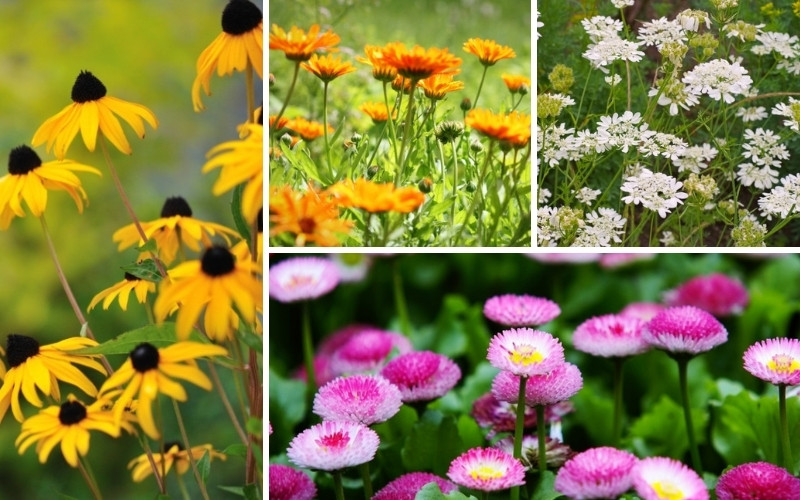
The perfect hardy annuals can be planted in the fall and will grow in the spring after winter is over. They make lovely early spring and even late fall plants, turning your garden into a dream before the later spring and summer months hit.
These plants thrive in many hardiness zones, most of which take up the majority of the USA. Many of these plants also come in perennial variants, so read the label carefully to ensure you’re getting the right plant.
Cornflower (Centaurea cyanus)
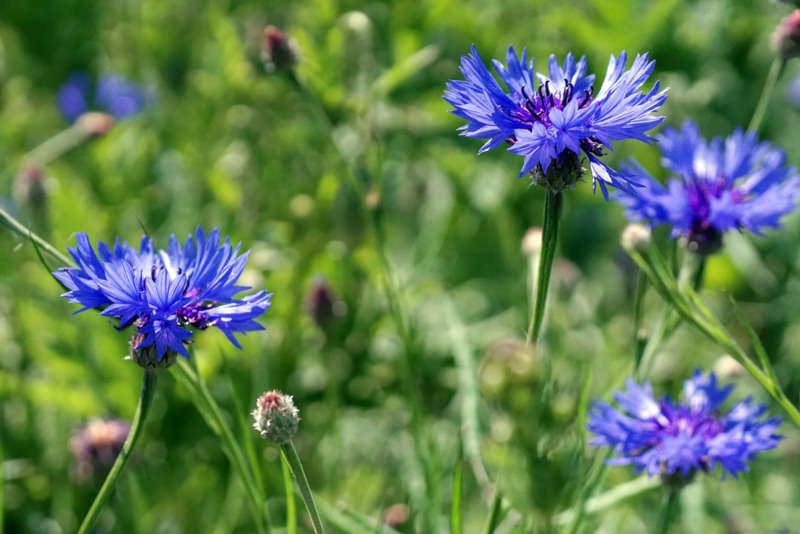
This native European annual is also known as Bachelor’s Button or Bluebottle. It comes in the classic bright blue flower and white, pink, deep burgundy, and red-purple.
These annuals do not like being transplanted, so you should direct sow them in the spot you’d like them to grow in fall or early spring. They take between 65 to 80 days to come to bloom and prefer full sun. Cornflowers are drought tolerant and should only get watered once a week.
Larkspur (Delphinium)
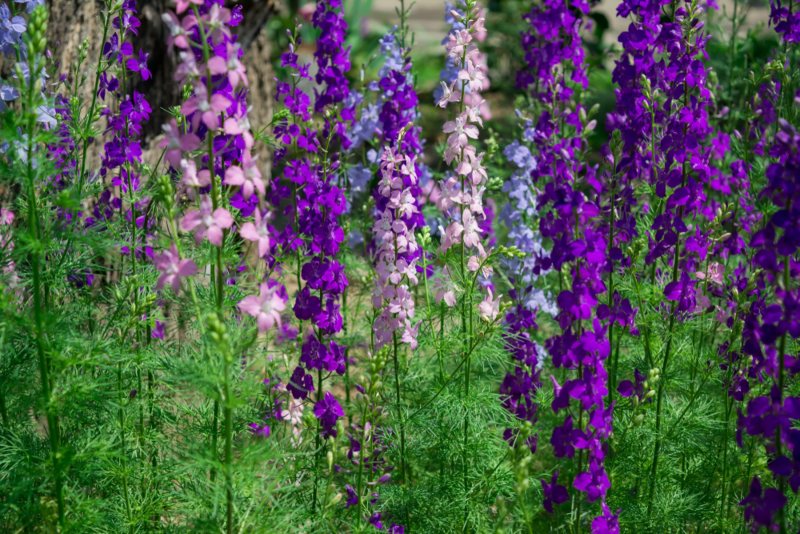
Larkspur is such a beautiful and diverse plant. There are more than 300 different varieties, and they can be dwarf and only grow a foot up to a giant 10-feet tall. The larkspur tends towards blue and lavender but can come in many different colors.
These plants prefer full sun, unless in hotter climates, and then they like some afternoon shade.
They require frequent watering when caring for larkspur as they aren’t very drought resistant. Also, give them plenty of fertilizer and rich soil as they are heavy feeders.
Pot marigold (Calendula officinalis)
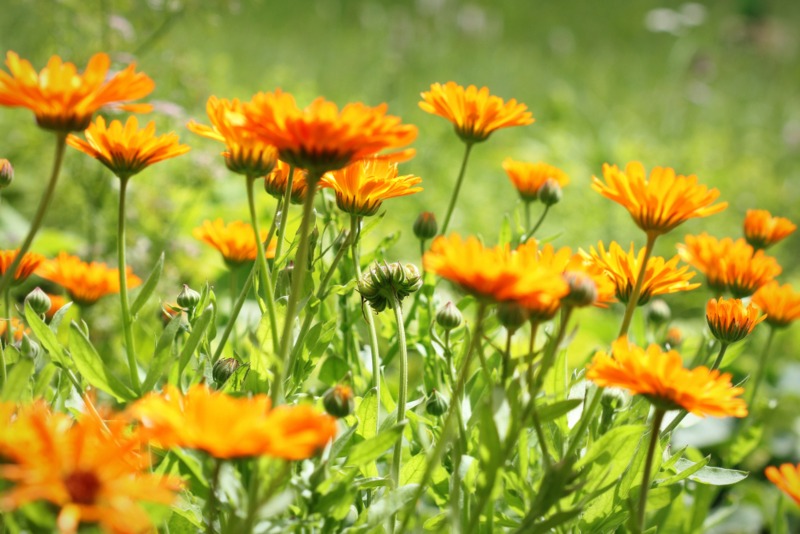
This flowering winter annual is not only pretty to look at but makes a flavorful tea. It comes in shades of yellow and orange and blooms throughout the winter months.
Calendula is not frost-tolerant, so if you live in a place where it dips below freezing, keep them in pots so you can bring them indoors. They require about six hours of sun a day, and you should see flowers within six to eight weeks of planting.
English Daisy (Bellis perennis)
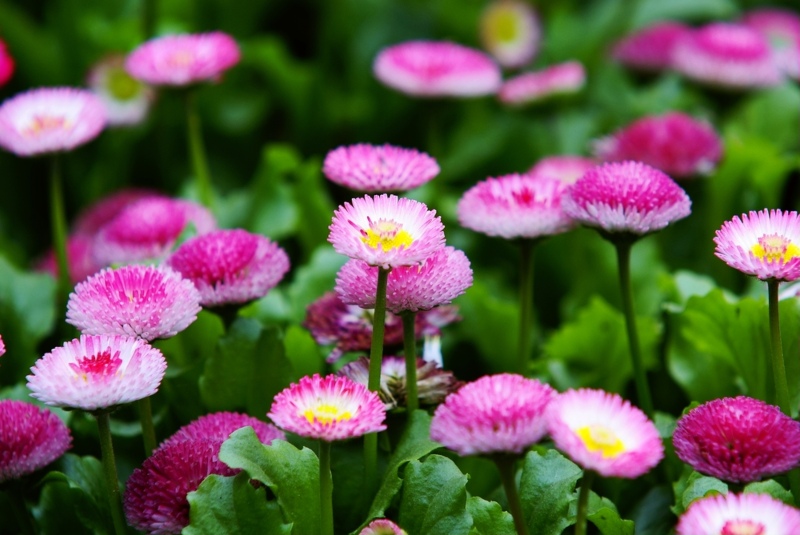
This is another cool-season annual and is perfect for adding to your winter gardens if the ground doesn’t freeze. They have a hardiness zone of four through ten. They come in pink, blue, and white variants.
The English daisy requires watering every ten days and prefers partial to full sun, although they adapt. Unfortunately, these plants multiply quickly and can be difficult to eradicate if they take over your garden.
Snapdragons (Antirrhinum majus)
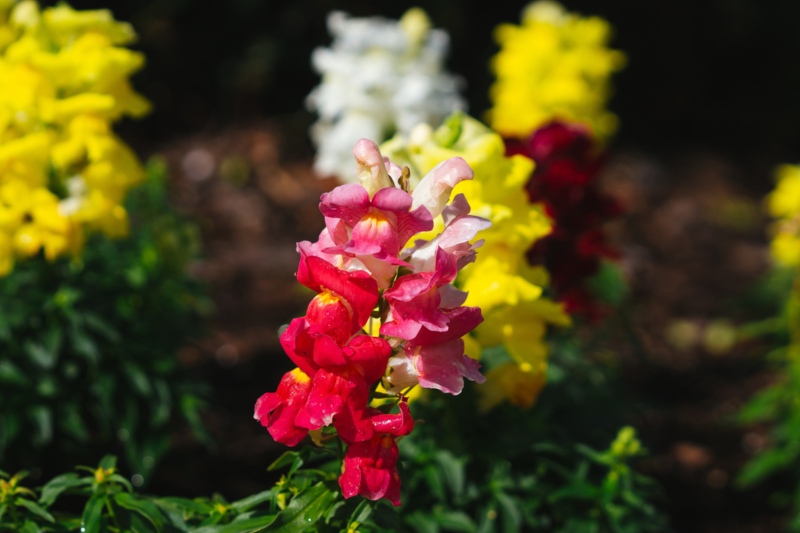
Another of the perfect hardy annuals is the snapdragon. This is another winter-flowering annual that loves the cooler temperatures. They come in many different colors, including orange, white, pink, lavender, yellow, and red.
This flower is susceptible to mold, so you’ll want to plant it in an area that drains well. Also, you’ll want to plant it in full sun. Since snapdragons can sometimes grow very tall, they can require staking and clipping to maintain optimal blooming.
Sweet Sultan (Amberboa moschata)
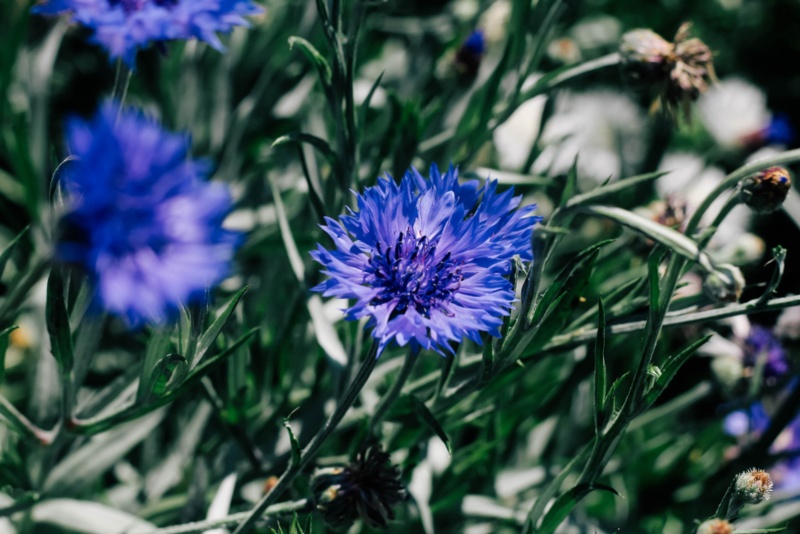
These flowers come from the Mediterranean and southwest Asia. Sweet Sultan is highly fragrant and comes in a multitude of colors. When they flower, sweet sultan looks like giant powder puffs.
You should direct sow sweet sultan since they don’t transplant well and should be sown a couple of weeks before the last frost. They like full sun and well-drained soil. Keep the soil watered and moist, but try not to get the foliage wet as they are prone to disease.
Bishop’s Weed (Ammi visnaga)

Bishop’s weed is a white flowering annual that has six-inch wide umbel flower heads. This plant is closely related to the hemlock, dill, fennel, and carrot plant. It grows best in hardiness zone three through ten.
This plant should be sown before the last frost and is best planted in full sun with good drainage and rich soil. They are easy to look after and only require watering during prolonged periods of dry weather. However, be careful of the sap it produces, as it is an irritant.
Foxglove (Digitalis purpurea)

These tubular-shaped blooms are perfect if you want to add height to your garden as they grow up to six feet tall. They come in colors of white, lavender, pink, purple, red, and yellow. They grow best in hardiness zone four through ten and love the sun, but not the heat.
Depending on how warm your summer months get depends on how much shade foxgloves will need. The soil should be kept moist but be well-draining as foxglove can become diseased quicker than other plants.
White Lace Flower (Orlaya Grandiflora)
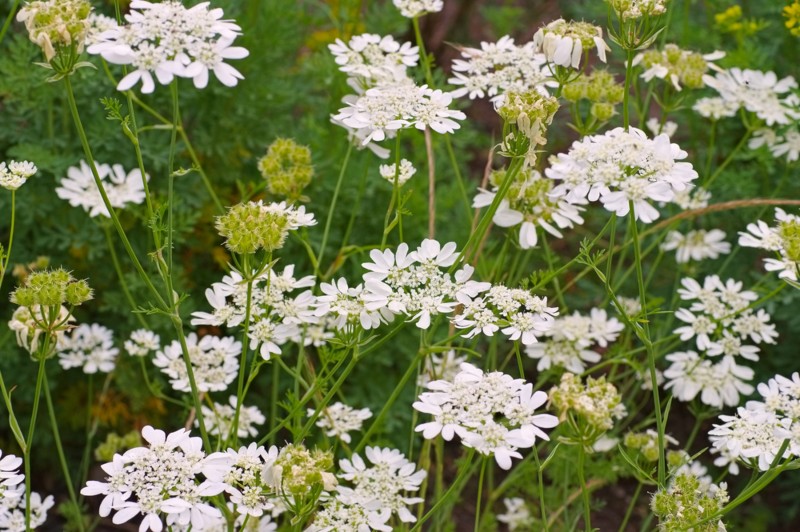
A center of small umbel flowers surrounded by larger blooms makes this flower look like lace. They’re low maintenance and are typically white with soft pink variations. They grow best in hardiness zones two through 11 and can withstand light frost without much trouble.
They take to any soil condition, and as long as they get some sun, they will grow without much fuss. Ensure you water them should you have prolonged dry weather and plant seeds in the autumn before the first frost.
Sweet Alyssum (Lobularia maritima)
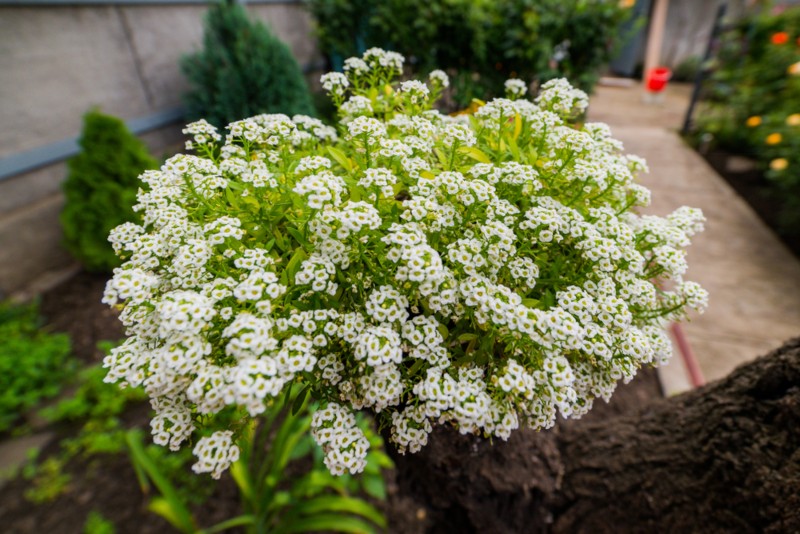
These have small bunches of flowers and are related to the mustard family. They come in white, salmon, pink, purple, and yellow. They do well in most soil conditions and make perfect border plants due to their small size.
You want soil that drains well, full sun, and moderate moisture for these plants for optimal growth. If you’re starting from seed, germinate them indoors and then transplant them outside after the threat of frost has passed.
Black-Eyed Susan (Rudbeckia hirta)
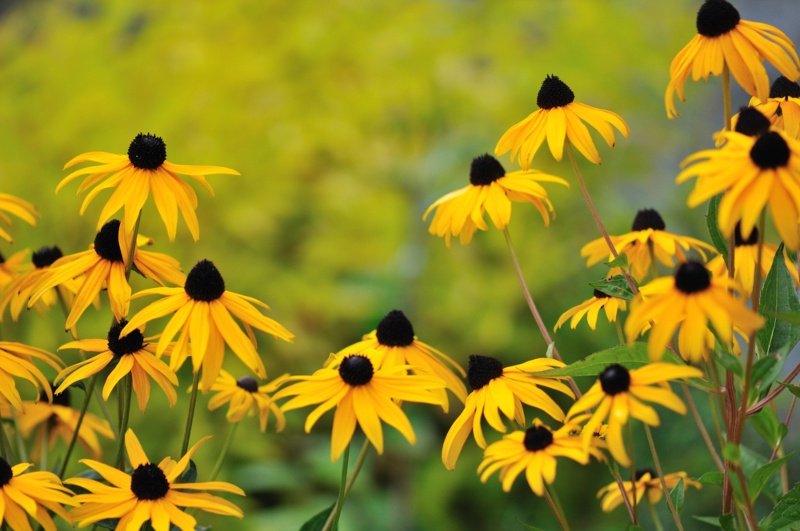
The black-eyed Susan comes on both annual and perennial types, so choose the perennial variant if you want the flowers to come back year after year. Also, they’re wildflowers, which means they need very little from the gardener to grow and bloom.
Black-eyed Susans like full sun to light shade and a neutral Ph soil for optimal growth. Wildlife love the black-eyed Susan, so make sure that your garden is critter-resistant before planting.
Conclusion
There are so many different plants that can survive harsh winters to bloom in the spring. All you need is to know how and care to get them just right and have flowers growing and blooming almost all year long. The perfect hardy annuals are out there for you.





